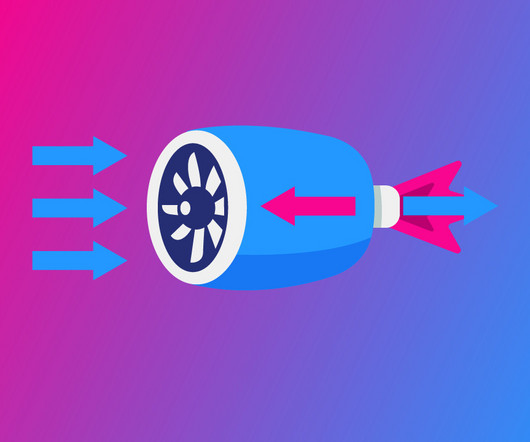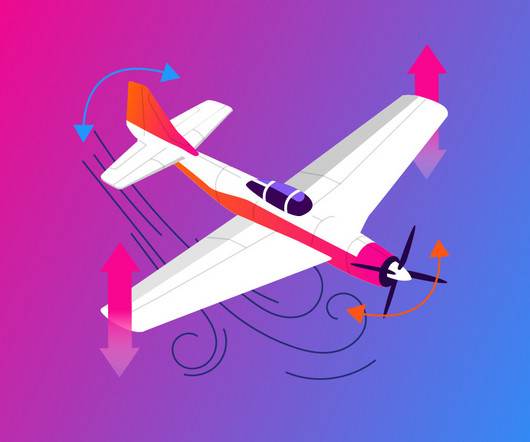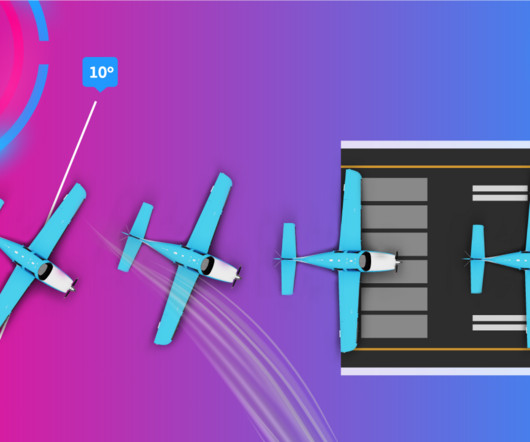Everything You Need To Know About Ailerons
Pilot Institute
FEBRUARY 20, 2025
Adverse yaw is a side effect of aileron use, countered by rudder input. The problem is that the aileron can only be deflected to a point after which the drag becomes significant. This shifts the ailerons Center of Gravity (C.G.) Adverse yaw is created due to the drag differential between the two sides of the aircraft.












Let's personalize your content